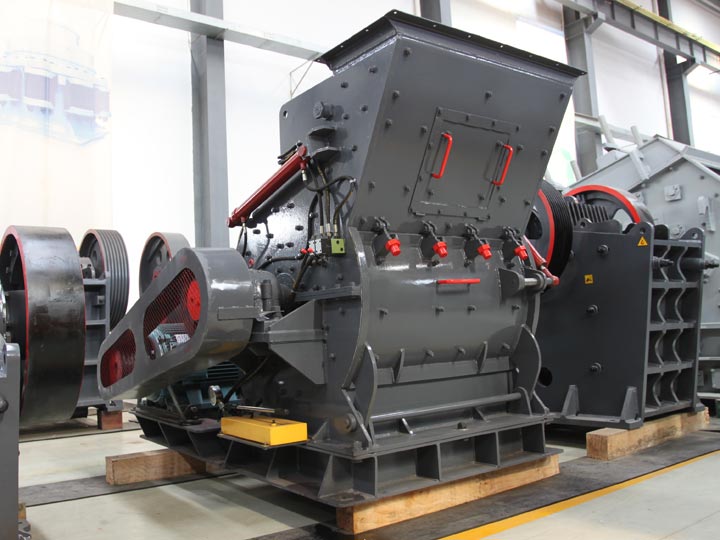
A hammer mill is a machine that is used to shred or crush materials into smaller pieces. The basic design of a hammer mill consists of a rotor, which rotates at high speed inside a drum, and a set of “hammers” that are fixed onto the rotor. The rotor is driven by an electric motor, which provides power to the hammer mill.
The material to be processed is fed into the top of the hammer mill, where it is impacted by the hammers, which are fixed onto the rotor. The hammers swing outwards, breaking the material into smaller pieces as it passes through the machine. The size of the finished product can be controlled by adjusting the size of the openings in the screen at the bottom of the hammer mill.
There are a variety of hammer mills in use today, including single-rotor and multi-rotor designs, as well as variations in the number and arrangement of the hammers. The choice of which type of hammer mill to use depends on the application and the desired output.
Hammer mills are commonly used for a variety of applications, including:
Grinding grains such as corn, wheat, and barley
Grinding wood into wood chips or sawdust
Crushing various types of materials such as rocks, ore, and minerals
Pulverizing and shredding waste materials such as paper, cardboard, and plastics
One of the main advantages of a hammer mill is that it can process a wide variety of materials, including those with high moisture content. This makes it an ideal choice for processing materials that are difficult to grind, such as wet and fibrous materials.
Another advantage of a hammer mill is that it can be used for both primary and secondary crushing applications. In a primary crushing application, the hammer mill is used to reduce the size of the material, while in a secondary crushing application, it is used to further reduce the size of the material to a finer product.
There are several factors that can impact the performance and efficiency of a hammer mill. These include the size and type of the material being processed, the size and arrangement of the hammers, the speed of the rotor, and the size of the openings in the screen.
One of the main challenges with using a hammer mill is the wear and tear that the hammers and rotor experience over time. As the hammers and rotor are subjected to constant impact and wear, they will eventually need to be replaced to maintain the performance of the hammer mill.
In conclusion, a hammer mill is a versatile machine that is widely used for a variety of applications. It is capable of processing a wide range of materials and can be used for both primary and secondary crushing. The efficiency and performance of a hammer mill can be impacted by a variety of factors, including the size and type of the material being processed, the size and arrangement of the hammers, and the speed of the rotor. Despite the wear and tear that the hammers and rotor experience over time, a hammer mill can be a reliable and effective machine for processing materials.
We have jaw crushers, impact crushers, cone crushers, sand makers and so on.
Mon - Sun, 0:00 - 24:00
24h Online Service
© Zenith. All Rights Reserved. Designed by